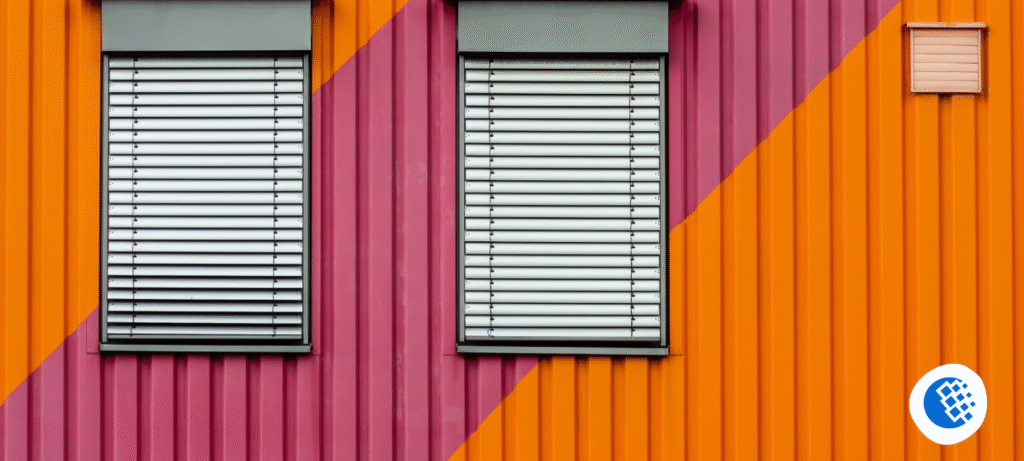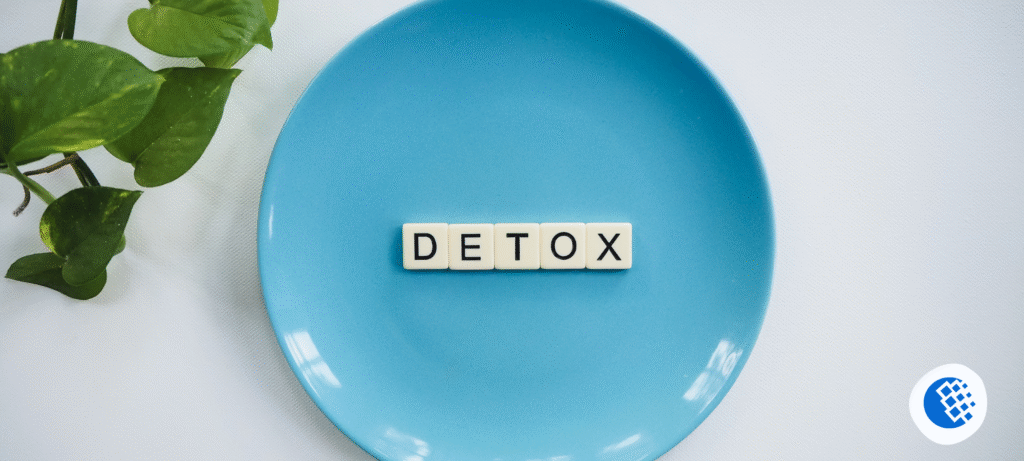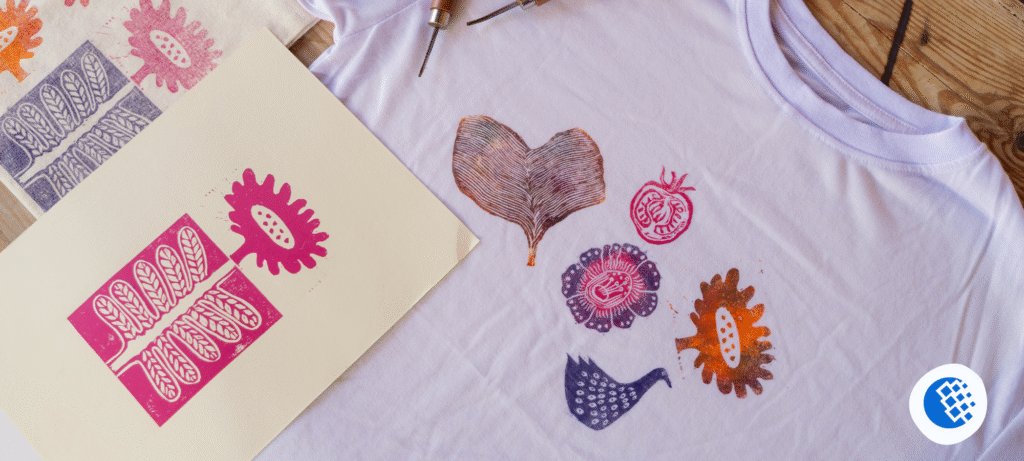Ever walked past a house that just looked right? Not flashy. Not crumbling. Just… together. The kind of home that makes you think, “Yep, someone knew what they were doing here.” Chances are, if you’ve seen that in Australia lately, you were looking at Colorbond Cladding.
Funny thing is, for decades, Colorbond was stuck up top. On roofs. Out of sight, out of mind. Then somewhere along the line, architects thought: what if the walls got in on the action? And suddenly, facades across the suburbs started wearing this clean, sharp, unmistakably Aussie armour.
Born From the Land
There’s a reason Colorbond Cladding feels so natural here. The colours aren’t plucked out of a catalogue. They’re pulled from the landscape. Gumtree greys. Ocean blues. That red dust you only really understand when you’ve driven inland for hours and watched the soil change under the tyres.
It doesn’t scream. It hums. And that’s the thing—you notice it more at twilight, when the panels catch a soft shadow, or in the morning when the sun gives the steel a kind of quiet glow—not polished like glass, not rustic like timber. Something in between. Balanced.
Houses Here Need Armour
Let’s be honest. Australia doesn’t make it easy. The sun here isn’t gentle—it burns paint until it flakes, cracks timber until it sulks. Near the coast? Salt turns metal into lace. And in bushfire zones, anything fragile doesn’t stand a chance.
Colorbond Cladding wasn’t built just to look good. It was built to fight. Fire-resistant, corrosion-resistant, UV-tested within an inch of its life. It’s the sort of material you almost feel sorry for, because it’s spent its entire existence proving itself. And yet—it holds.
Plus, it saves you the Saturday slog of sanding, sealing, and repainting. A quick spray with the hose and you’re done. That’s a weekend reclaimed.
A House That Holds Its Shape
You’ve seen homes that look tired even though they’re barely five years old, right? Sagging render. Faded brick. A kind of droop that whispers “maintenance nightmare.”
Now picture a townhouse with Colorbond Cladding: deep Monument black on the walls, timber accents around the door. Or a coastal place, wrapped in Surfmist white, sunlight bouncing off it like a slice of salt air. The material doesn’t fade into the background—it shapes the whole personality of the building.
There’s rhythm in the seams. A play of light and shadow you don’t quite expect until you stop and really look.
Green, But Not Gimmicky
Everyone wants to be “eco” these days. Some of it’s genuine. Some of it’s just marketing fluff. With Colorbond Cladding, the case is simpler. It’s light to transport, endlessly recyclable, and when it’s paired with decent insulation, it cuts down on the constant battle with the air-con.
It’s not about buying eco-cred stickers. It’s about your house quietly running smoother, cheaper, and cooler—a quieter kind of sustainability.
Sure, It Costs More. But…
Okay, let’s talk money. Colorbond Cladding isn’t the budget aisle pick. Paint and render will tempt you with a lower upfront bill. But here’s the trick: add in ten years.
Paint cracks, timber warps, and render crumbles. And with that comes weekends lost, tradies called, bills creeping in. With Colorbond Cladding, you pay more at the start, but less in the long, messy middle.
It’s the difference between buying shoes that last three seasons and shoes that walk with you for a decade.
Not Just for Homes
It’s not only townhouses and beach shacks. Schools, warehouses, offices—they’re all wearing Colorbond Cladding these days. Because it scales, it doesn’t matter if it’s a family place in Castle Hill or a new shopping complex in Brisbane; it delivers the same promise: tough, low-fuss, sharp.
That flexibility is part of the reason it’s catching on everywhere.
Imperfections? Sure
Look, nothing’s flawless. Colorbond Cladding can dent if your kid swings a cricket bat with enthusiasm. It doesn’t have the raw grain of timber, which some people want no matter what. And the colours, while beautiful, aren’t endless—you won’t be getting neon pink walls.
But honestly? Those trade-offs are small compared to what you get back.
Why It Feels Like a Movement
What’s happening isn’t just a trend—it feels bigger. People are tired of juggling fragile finances or homes that look worn out before their mortgage is half-paid. Colorbond Cladding taps into that need for resilience. But it also offers style, which is rare in a material built for survival.
It’s not just practical. It’s aspirational. A way of saying: my home belongs here, and it’s built to last.
Wrapping It Up
In the end, cladding from Cladd Co. is more than a cover. It’s a skin. A conversation between a home and the landscape around it. And Colorbond Cladding? It speaks the language of Australia—sun, salt, dust, and fire—all while looking like it belongs in a design magazine.
So maybe the choice isn’t about whether you want it to be trendy. It’s about whether you want your walls to fight back, age gracefully, and still look sharp twenty years from now.
Because here, in the heat of January or the storms of July, that’s what matters.





